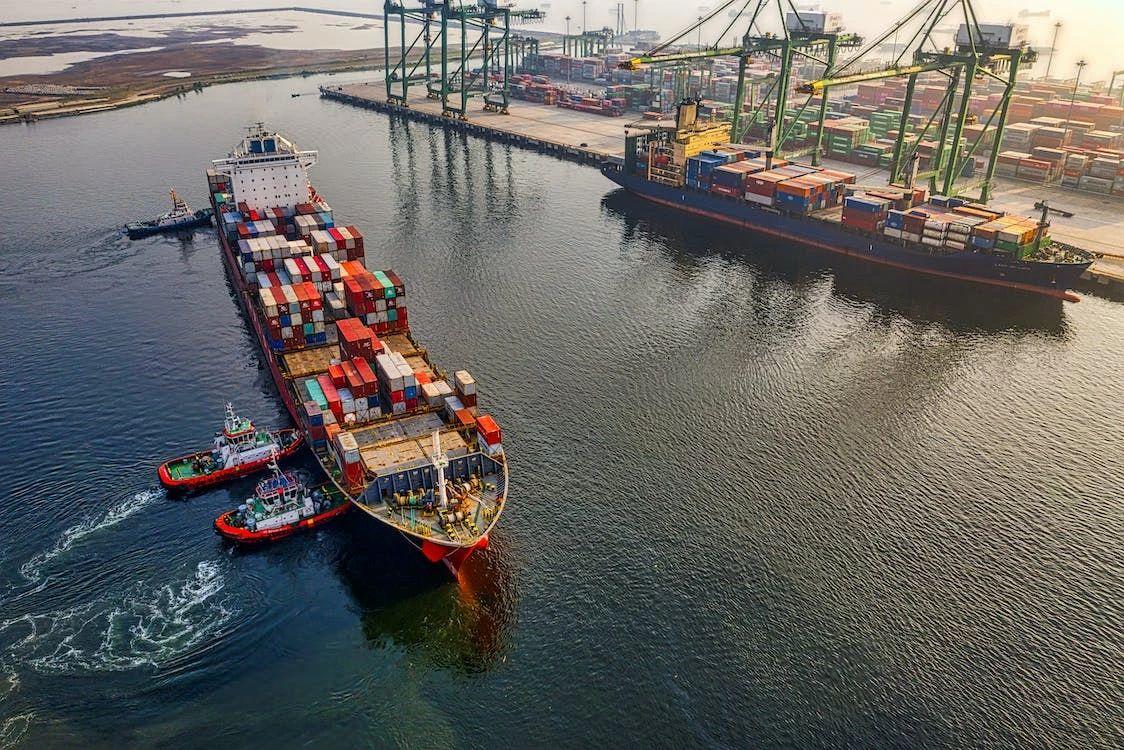
Since the Red Sea crisis, more and more vessels have begun circumventing the Cape of Good Hope. The spot rates for the headhaul containers on the Asia-Europe and trans-Pacific routes have doubled, causing a frenzy that’s on the verge of overwhelming shippers.
The Red Sea crisis seems to be escalating with each passing day. In ongoing attacks on commercial vessels, the Houthis have already sunk two cargo ships:
Another cargo vessel sunk, with 3 dead and 4 injured, previously calling at Tianjin Port and Lianyungang Breaking News! A cargo vessel bombed and sunk! Latest statement from the Houthis As tensions continue to escalate in the region, shipping companies have started adding various charges, leading to a continuous rise in ocean freight rates, and the pressure felt by international traders is increasing day by day.
01
There seems to be a glimmer of hope recently. While rates haven’t returned to pre-Red Sea crisis levels, some routes are showing signs of a decline.
This week, the Xeneta XSI Asia-Northern Europe spot prices dropped by 7%, averaging $3,966 per 40 feet, marking an 18% decrease since reaching its peak on January 22.
It’s reported that some Asia-Northern Europe carriers have started consolidating their Red Sea rerouting surcharges into new FAK rate quotes.
A UK-based non-vessel operating common carrier (NVOCC) expressed concerns about a few vessels taking temporary routes through the Red Sea, both in terms of still imposed rerouting surcharges and potential issues with cargo insurance companies regarding war risks.
“While this worries me because rerouting charges might be easily forgotten if ships can safely be sent back through the Suez Canal, we won’t be informed about which vessels are passing through the Suez Canal; we only find out after the fact, and then we have to refuse to pay the surcharge. But I’m really worried about what happens with insurance if there are casualties.”
Meanwhile, the Freightos Baltic Index (FBX) Asia-Mediterranean index dropped by 5% this week, to $4,972 per 40 feet, down approximately 21% from its mid-January peak.
According to a carrier source, post-Chinese New Year bookings were “below expectations,” a sentiment echoed in this week’s Ningbo Container Freight Index commentary, which noted “most carriers are short of space.”
This could lead to significant discounts for a period and hasten erosion in the spot market on this route.
Elsewhere, in the trans-Pacific region, demand remains fairly strong, with shipping lines achieving greater success in maintaining direct and indirect gains from the Red Sea crisis.
For example, the FBX Asia-US West Coast index only dropped slightly by 1% this week, averaging $4,754 per 40 feet, while the US East Coast index also slipped 1% to $6,652 per 40 feet.
On the trans-Atlantic trade routes, carriers’ recent gains from General Rate Increases (GRIs) continue to weaken, with the XSI Northern Europe to US East Coast route dropping by 2% this week, to $2,047 per 40 feet, slowly approaching break-even levels.
02
Additionally, the Red Sea crisis led to a surge of over 150% in ocean freight rates from the Far East to the US, but shippers seem to be breathing a sigh of relief.
The latest data from Xeneta shows that since the implementation of the last round of General Rate Increases (GRIs) in early February, spot rates from the Far East to the US have slightly decreased, possibly reaching their peak.
Rates to the US East Coast dropped slightly from $6,260 per FEU (40-foot container) on February 1st to $6,100 on February 15th. During the same period, rates to the West Coast decreased from $4,730 per FEU to $4,680.
Xeneta, a leading provider of ocean and air freight rate benchmarks and intelligence, drawing on over 400 million crowdsourced data points, suggests early signs of further softening in the market within the next 10 days.
While a softening market will be welcomed by US importers, the impact of the crisis is far from over. Compared to December 14th, spot prices to the US East Coast are still up by 145%, and to the US West Coast by 185%.
Emily Stausbøll, a market analyst at Xeneta, commented:
“Unlike disruptions during Covid-19 that continued to wreak havoc, shippers and carriers now know the situation faced by vessels rerouting around Africa to avoid the Suez Canal. Rates remain high, so the impact of this crisis is far from over, and the situation could still change at any time, but perhaps surface order has been restored.”
While current rates are far higher than before the Red Sea crisis, the current trend of slow decline or stabilization seems to offer shippers more hope compared to the previous trend of skyrocketing rates that almost drove them to collapse.
